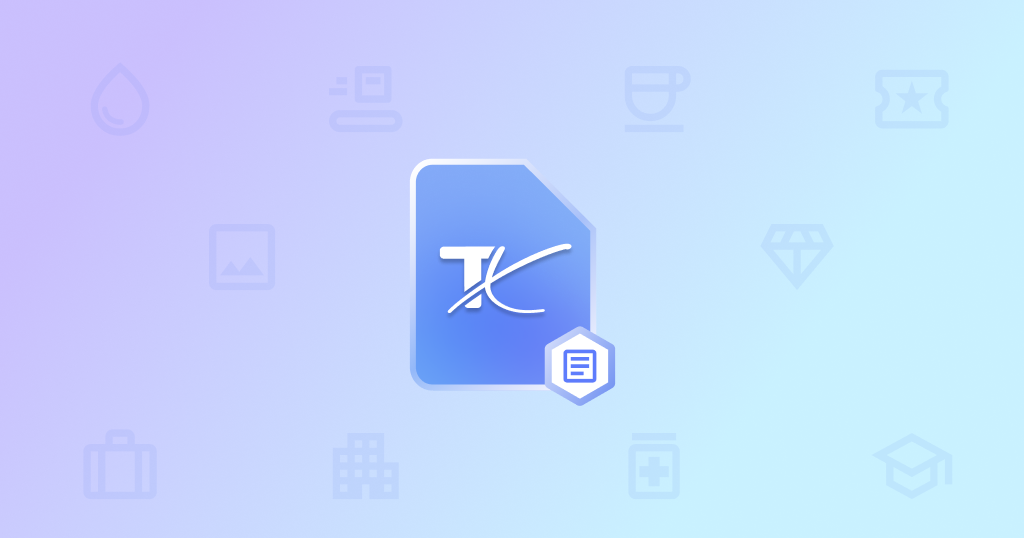Understanding Tokenization Meaning in Asset Ownership
Tokenization is the process of transforming real-world assets (RWA) into blockchain-based digital tokens. Understanding tokenization meaning involves recognizing how it serves as a digital certificate of authenticity, proving ownership, tracking changes, and ensuring transparency.
Unlike traditional records, which can be lost, forged, or manipulated, tokenized assets are tamper-proof and instantly verifiable. Whether you’re dealing with real estate, supply chain goods, high-value collectibles, or contracts, tokenization ensures that every transaction is recorded, traceable, and secure.
What Can Be Tokenized?
The beauty of tokenization is that it applies to a wide range of industries and assets, including:
- Fine Art and Collectibles: Blockchain verifies provenance, ensuring authenticity and enabling fractional ownership. The art world is embracing blockchain to enhance trust and liquidity.
- Commodity Items as Digital Assets: Physical commodities like gold, oil, or agricultural products can be tokenized with an immutable verification of authenticity and ownership to facilitate easier trading and transfer of ownership.
- Document Authentication: Prevent fraud, forgery, and tampering by crypto- sealing documents with a token to protect authenticity.
- Supply Chain Transparency: A single transparent and verifiable record from origin to final destination, ensures products have not been tampered with or contaminated along the way.
- Equity: Shares of private companies or venture capital investments can be tokenized, offering fractional ownership and allowing companies to raise capital more efficiently.
- Carbon Credits: Environmental assets like carbon credits or renewable energy certificates can be tokenized for trading in sustainability-focused markets.
- Intellectual Property: Patents, trademarks, copyrights, and other forms of intellectual property can be tokenized, allowing ownership to be divided and traded.
- Luxury Goods: A Digital certificate of authenticity provides an indisputable level of trust and security and deters counterfeits.
- Debt Instruments: Bonds, loans, or mortgages can be tokenized to create a digital representation that is easier to trade or transfer.
- Real Estate: Residential properties, commercial buildings, land, or even fractional ownership of real estate projects can be tokenized. This allows investors to buy smaller portions of large assets, increasing liquidity.
How Tokenization Works
The tokenization meaning shifts depending on the industry, but at its core, it involves creating a digital twin of an asset and issuing blockchain tokens to represent ownership. These tokens can be securely traded, increasing accessibility and liquidity.
The Benefits of Tokenization
- Real-Time Settlement: Blockchain’s use of smart contracts allows for instant, atomic transactions. With traditional systems, settlements can take days, but tokenization ensures immediate execution which increases efficiency and reduces counterparty risks.
- Liquidity: Tokenization unlocks liquidity from traditionally illiquid assets. Private equity, for example, becomes more accessible through tokenized shares, which can be traded globally.
- Lower Costs: Automating transactions through tokenization removes intermediaries, cutting expenses.
- Broadened Access: Tokenization opens up investment opportunities in asset classes that were previously out of reach for many investors. By enabling fractional ownership of high-value assets like real estate, tokenization lowers entry costs, democratizing access to a wider investor base.
- Enhanced Transparency: Each transaction is recorded on a decentralized ledger, ensuring full transparency and an immutable history of ownership. This transparency reduces market risks and ensures that every change in ownership or asset status is visible and verifiable by all stakeholders.
Tokenization Resources
The tokenization meaning evolves as industries integrate blockchain technology to enhance ownership, security, and efficiency. Whether you’re an investor, business owner, or collector, RWA tokenization and digital twins offer immense opportunities.Tokenization is reshaping the financial landscape, offering opportunities for businesses and investors to stay ahead in an increasingly digital economy. If you’re looking to explore how tokenization can benefit your business or investment strategy, contact us today.


